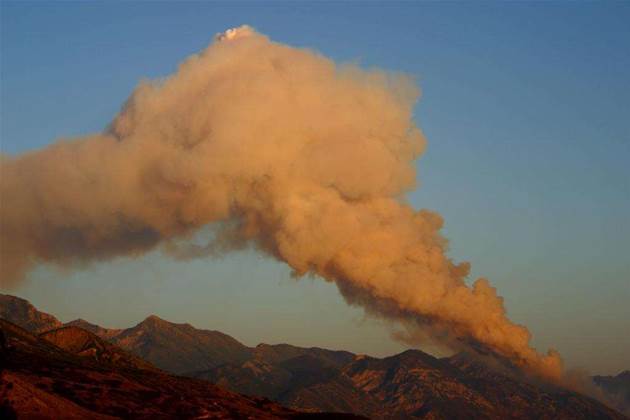The office of the Victorian Fire Services Commissioner is experimenting with a sophisticated data analytics tool that will help it predict how people behave during a natural emergency.

Instead of just relying on traditional survey methods, the FSC has teamed up with South Australian big data specialists ISD Analytics to produce the Community Emergency Response Model (CERM) based on ISD’s Simulait tool. Simulait analyses the rules and logic that inform people’s decisions, to predict how they will respond to a range of different variables.
“Rather than simply extrapolating what people did in the past and guessing that they will do it again, we ask why they took those actions. We look at the drivers of decision making in a greater level of detail so that if a completely new fire situation eventuates we can still provide a level of predictability,” said ISD’s Director Dr Don Perugini.
FSC staff can enter hypothetical scenarios into the system, such as the community affected (based on census information), the type of fire that could affect the community, and what warnings they have received to generate a prediction.
The FSC’s Alan Rhodes told iTnews that in the case of a bushfire, the kinds of variables influencing behaviour could be anything from the type of fire, the distance of a resident to their closest neighbours, warnings received or even the proximity of emergency services vehicles to their home.
“When we ran some data from the Black Saturday bushfires through the model we found out that the presence of emergency services vehicles in a particular area actually reassured people and this meant that they were less likely to leave their homes early,” he said.
From the perspective of the FSC, it is vitally important to be able to predict the behaviour of different people in different scenarios so they can manage traffic, meet demand for emergency shelters and target resources to particular areas.
“The CERM allows us to predict the point at which various people cross a threshold that will change their course of action,” he said.
The FSC tested how accurate the predictions could be by entering what they knew about populations affected by South Australian and the Black Saturday bushfires, and comparing the predictions the system spat out to what they knew actually happened on the ground. In terms of whether or not people chose to evacuate their homes, the tool proved to be 90 percent accurate.
While he couldn’t provide a figure, Rhodes said that the FSC’s investment in CERM had been relatively modest but that it had shared skills and staff resources with ISD Analytics to collaborate in its development.


_(20).jpg&h=140&w=231&c=1&s=0)
.png&h=140&w=231&c=1&s=0)







 iTnews Executive Retreat - Security Leaders Edition
iTnews Executive Retreat - Security Leaders Edition











_(1).jpg&h=140&w=231&c=1&s=0)



